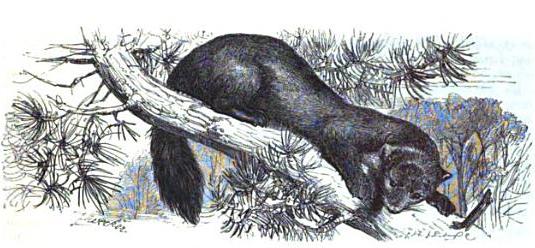Facts About Sable
The sable is a small, omnivorous mammal primarily inhabiting the forests of Russia, Siberia, Mongolia, China, and Japan. Renowned for their luxurious dark brown or black fur, sables have been hunted for centuries. While hunting remains common in Russia, most sable fur available today is sourced from commercial farms.
The word "sable" has Slavic origins and entered Western European languages during the medieval fur trade. Sables possess a distinctive appearance, with notable differences in size, weight, and fur color between males and females. They thrive in dense forests populated with a variety of tree species and are known to defend their territories, which can greatly vary in size. As omnivores, their diet shifts with the seasons, including small mammals, berries, rodents, and even fish.
Sable mating occurs between June and August, involving courtship displays and territorial behaviors. Females give birth to litters of one to seven young in tree hollows, where they create nests. In the wild, sables can live up to eighteen years, while those in fur farms can live up to twenty-two years. Interestingly, sables can interbreed with pine martens, producing hybrid offspring known as "kiduses."
These animals are distributed across Russia, Mongolia, China, Japan, and the Korean Peninsula, with different populations exhibiting slight variations in appearance. This has led to debates regarding the number of sable subspecies. Due to extensive hunting in the past, sable populations declined, prompting conservation measures such as hunting bans and the establishment of sable farms.
Today, sable fur remains a luxury item in the fashion industry. Although the species is not currently at risk according to the IUCN, certain subspecies might still require attention. Sable fur is celebrated for its smooth texture and rich color, making it a sought-after material in both fashion and the creation of high-quality artistic brushes.

 Malawi
Malawi